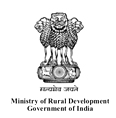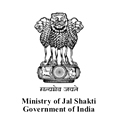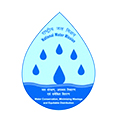| S NO | Vunerability Area | WASCA Vlunerability Indicators | Vulnerability Indicator | Unit for Assessment |
| 1 | Climate Vulerability | changes in maxT | C1 | Degree Celcius |
| 2 | changes in minT | C2 | Degree Celcius | |
| 3 | changes in RF | C3 | % | |
| 4 | Excess rainfall years | C4 | No. of Years | |
| 5 | Water resource vulnerability | Deficient rainfall years | W1 | No. of Years |
| 6 | Ground water extraction | W2 | % | |
| 7 | Ground water Recharge | W3 | in cubic meter | |
| 8 | surface water availability | W4 | mm | |
| 9 | water gap | W5 | MCM | |
| 10 | % of contamination | W6 | % | |
| 11 | Agriculture vulnerability | Rainfed area | A1 | % |
| 12 | Cropping intensity | A2 | % | |
| 13 | Soil moisture | A3 | kg/m2 | |
| 14 | Evapotranspiration | A4 | kg/m2/s | |
| 15 | Socio-economic vulnerability | Rural proportion | S1 | % |
| 16 | Multidimensional poverty index | S2 | Index Value | |
| 17 | source of drinking water within premises in rural | S3 | % | |
| 18 | marginal farmer_ landholdings | S4 | % |





